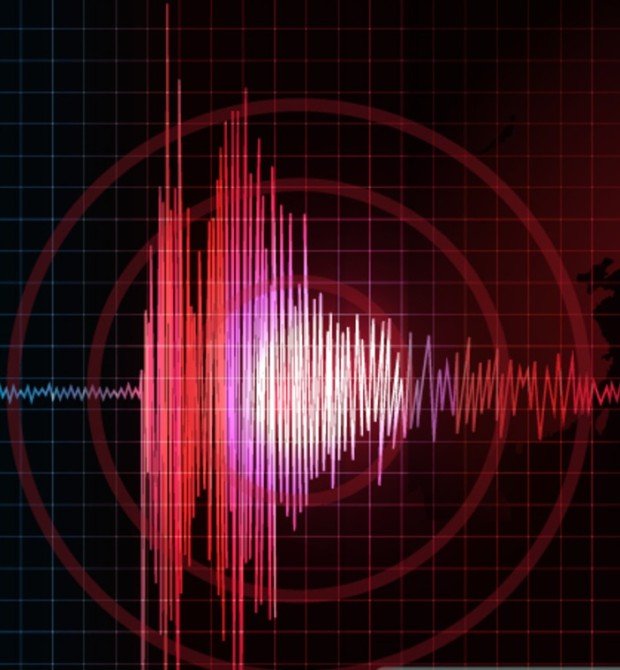Japan’s insurance companies are pushing for an average 19 percent increase in earthquake premiums as they reassess risk following the unprecedented magnitude 9 quake four years ago.
The increase could come into effect in January 2017, according to the Ministry of Finance group studying the issue. It may be introduced in phases and would follow a 15.5 percent rise approved in July last year, the first increase in quake premiums in 18 years.
Japan’s earthquake insurance rates vary by region and are based on so-called hazard maps published each year by the Headquarters for Earthquake Research Promotion. Since the March 2011 disaster, the hazard maps have been expanded to other areas, said Professor Hiroyuki Fujiwara at the National Research Institute for Earth Science and Disaster Prevention.
“We are trying to model potential earthquakes in places we’ve never considered before to improve our predictions,” said Fujiwara, who is part of the group drawing up the maps.
The quake and tsunami on March 11, 2011, wiped out seaside towns along the Pacific coast north of Tokyo and killed more than 15,000 people. Another 2,500 are still listed as missing. A government estimate in 2011 put costs linked to the disaster at 16.9 trillion yen, or $136 billion at current exchange rates.
The insurers’ bill reached a record 1.2 trillion yen, according to the General Insurance Association of Japan website. The previous record was 78.3 billion yen for an earthquake in 1995 that hit the port city of Kobe.
Tokyo Threat
The General Insurance Rating Organization of Japan is requesting the rise in premiums and confirmed they may be increased gradually rather than a single jump of 19 percent, according to the group’s public relations official Takashi Hayashi.
It comprises major insurers, such as Tokio Marine & Nichido Fire Insurance Co. and Sompo Japan Nipponkoa Holdings Inc., and calculates rates for all non-life policies, Hayashi said.
Seismologists that draw up Japan’s hazard maps warn of a large earthquake that could do more direct damage to metropolitan Tokyo, the world’s biggest city with a population of about 30 million and the heart of Japan’s government, business world and financial markets.
The city sits adjacent to three major fault lines on the boundary of two tectonic plates, the Philippine and the Eurasian. Between 2000 and 2009, Japan experienced 20.5 percent of the world’s earthquakes that were magnitude 6 or above, according to the Japan Meteorological Agency and U.S. Geological Survey data.
Fujiwara said there is a 70 percent chance of a magnitude 7 quake hitting Tokyo within the next 30 years.
That’s a view shared by Professor Hirata Naoshi in the Earthquake Prediction Research Center at the University of Tokyo.
“Magnitude 7 earthquakes are not that unusual in Japan, but in the Kanto area that includes Tokyo they happen around five times every 100 years,” said Naoshi. “That is a high frequency.”





















 Surge of Supercharged Hurricanes Prompt Call for Cat 6 Classification
Surge of Supercharged Hurricanes Prompt Call for Cat 6 Classification  Breaking: Andersen to Replace Zaffino as CEO of AIG on June 1
Breaking: Andersen to Replace Zaffino as CEO of AIG on June 1  Why the Middle Market Matters and How Insurers Can Capture It
Why the Middle Market Matters and How Insurers Can Capture It  California Workers Comp Combined Ratio for 2024 Highest in 20-Plus Years
California Workers Comp Combined Ratio for 2024 Highest in 20-Plus Years 



